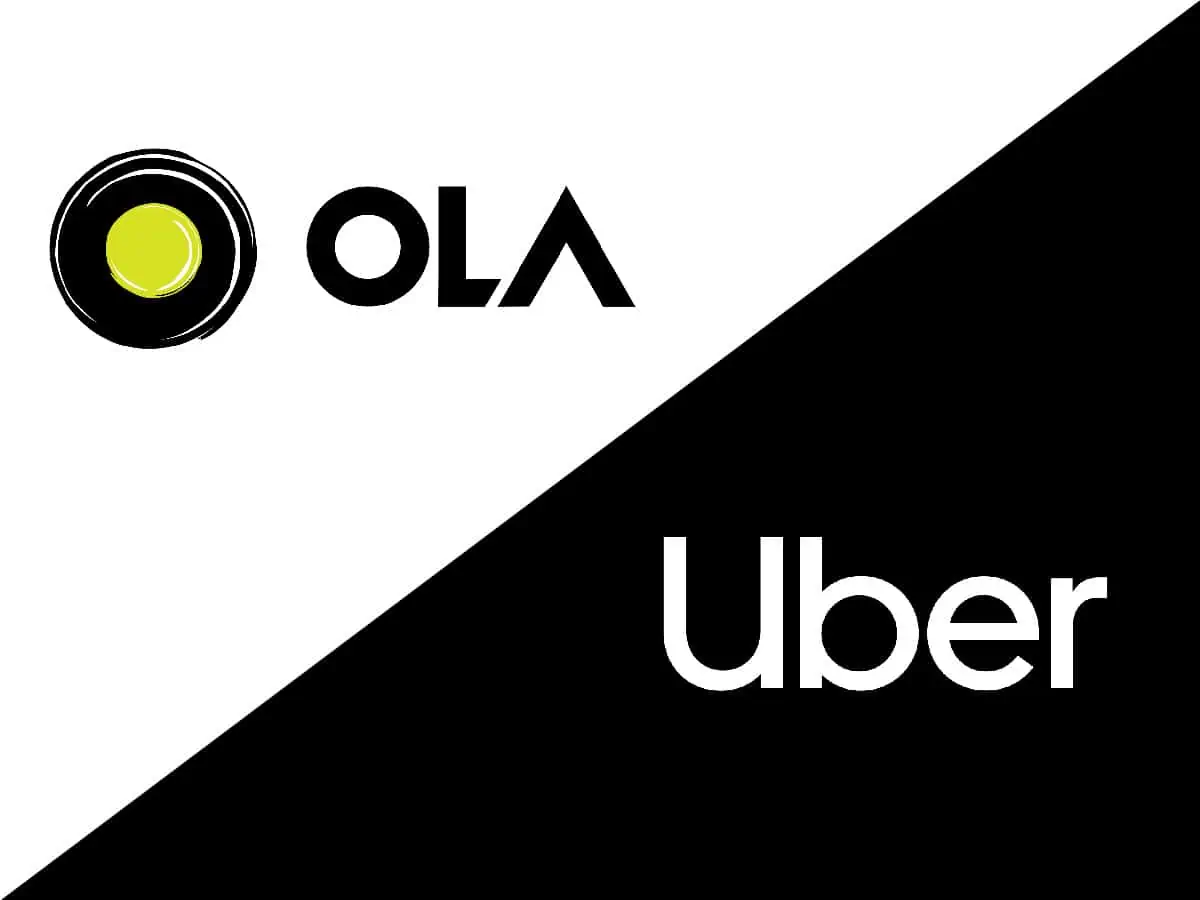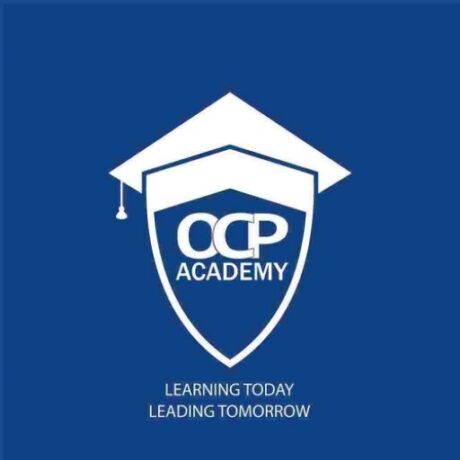
Can Ola and Uber Survive Without Digital Marketing? A Reality Check
Imagine a world where digital marketing didn’t exist — no Google Ads, no social media promotions, no SEO, and definitely no mobile apps popping up in search results. Sounds strange, right? Now picture Ola and Uber trying to thrive in that world. Could they survive, let alone grow, without the digital market? Let’s dive into what that would look like.
Table of Contents
Sr. Headings
1. Introduction
2. The Role of Digital Marketing in Ola and Uber’s Growth
3. What If There Were No Digital Market?
4. Traditional Marketing Methods They Would Rely On
– Print Media
– Radio & TV
– Call Centers
– On-Ground Promotions
– Word of Mouth
5. Challenges Without Digital Marketing
6. Could Ola and Uber Even Exist Without It?
7. Key Takeaways
8. Final Thoughts
The Rise of Ola and Uber – Powered by Digital
Ola and Uber revolutionized urban transportation by making cab booking as easy as a tap on your phone. But their growth wasn’t just about convenience; it was backed by aggressive digital marketing strategies — app ads, online reviews, search engine visibility, influencer partnerships, and real-time promotions.
Without digital marketing, their visibility would have been drastically limited. So how would they operate?
Without Digital Marketing: The Traditional Way
1. Print Media Advertising
Newspapers, magazines, and flyers would be their go-to for promotions. While this could generate awareness, the reach would be limited and hard to track.
2. Radio and TV Ads
These mediums could give mass exposure but at a high cost — and still without real-time performance metrics.
3. Physical Call Centers
Instead of booking through an app, customers might have to call a local number to request a cab. Sounds inefficient, right?
4. On-ground Promotions
Setting up kiosks at airports, malls, or metro stations to hand out brochures and offers would require manpower and heavy investment.
5. Word of Mouth
Positive customer experience would play a big role, but it would take years to build a strong customer base without online reviews or social sharing.

Major Challenges Without Digital Marketing
No Real-Time Engagement – No push notifications, in-app messages, or location-based offers.
Limited Customer Data – Digital marketing helps companies analyze user behavior. Without it, understanding consumer needs would be difficult.
`Scaling Becomes Slower – Expanding to new cities without digital tools would involve massive manpower and investment.
- Customer Acquisition Costs Skyrocket – Traditional marketing is costlier and far less efficient than digital.
Would They Even Exist?
Honestly, it’s hard to imagine Ola and Uber even existing in their current form without digital marketing. Their entire business model is based on mobile app usage, online payments, real-time tracking, and instant feedback — all of which are fueled by digital ecosystems.
Without a digital market:
a) They’d be limited to certain cities.
b) Scaling would be 10x harder.
c) Convenience — their biggest selling point — would suffer.
The Takeaway
Digital marketing isn’t just an option for businesses like Ola and Uber — it’s the backbone. In today’s fast-paced world, being visible online, running data-driven campaigns, and engaging with users in real time is what drives business growth.
So next time you book a cab in just a few taps, remember — it’s not just the driver getting you to your destination. It’s digital marketing that helped the company reach you in the first place.
Case Study: Food Delivery Apps by Ola & Uber That Failed to Deliver
1. Ola’s Food Delivery Arm: Foodpanda India
- Acquired: Ola bought Foodpanda’s India operations in 2017. - Goal: To take on Swiggy and Zomato using Ola’s existing logistics strength. - Strategy:
Signed on thousands of restaurants.
Aggressive discounts and offers.
Hired over 5,000 delivery executives. - What Went Wrong?
Intense competition with Zomato and Swiggy.
High burn rate with no profitability.
Logistics mismanagement and customer complaints. - Shutdown: By mid-2019, Ola halted Foodpanda’s delivery operations and shifted focus to its cloud kitchen business.
2. Uber’s Attempt: Uber Eats India
- Launched: 2017 - USP: Integrated into Uber’s main app, familiar UI for users. - Strong Backing: Uber’s global logistics experience and tech resources. - What Went Wrong?
Unable to match the scale and discounts of Swiggy/Zomato.
Delivery partner dissatisfaction.
Lower market penetration in Tier 2 & Tier 3 cities. - Exit: In January 2020, Uber sold Uber Eats India to Zomato in an all-stock deal, taking a 10% stake in Zomato as part of the exit.
Key Takeaways
- Food delivery is a low-margin, high-burn business in India. - Logistics and technology alone aren’t enough customer loyalty, local partnerships, and deep discounts are essential in the early stages. - Even big players like Ola and Uber couldn’t crack the Swiggy-Zomato duopoly.
Conclusion
In a world without digital marketing, companies like Ola and Uber would face immense challenges in reaching, engaging, and retaining customers. Their success isn’t just built on innovative technology or app convenience — it’s deeply rooted in the power of digital visibility, customer insights, and personalized marketing. Without digital tools, their operations would be slower, more expensive, and far less scalable.
This scenario reminds us how crucial digital marketing has become in today’s business landscape. It’s not just an option — it’s a necessity. Whether you’re a startup or an industry leader, embracing digital strategies isn’t just about staying competitive; it’s about staying relevant.


A digital market refers to online platforms that connect service providers (like drivers) with consumers (like passengers) using mobile apps or websites.
Ola and Uber operate almost entirely through their apps, which allow users to book rides, track drivers, make payments, and provide feedback. Without a digital market, this convenience vanishes.
They would struggle to function. The absence of a digital infrastructure would mean no app-based bookings, GPS navigation, real-time driver tracking, or digital payments.
They’d likely need to rely on traditional methods—such as calling a local taxi service, flagging a cab on the street, or using radio dispatch systems.
It would be harder. The apps allow drivers to get a steady stream of bookings and optimize their routes. Without them, they may have long idle times and fewer ride requests.

OCP Academy
(A Unit of OCP Foundation)
Learning Today, Leading Tomorrow
Recent Posts
- Email Marketing Strategies to Retain Shopping App Users
- Behind the Scenes: How Digital Marketing Builds Hype Before a Film’s Release
- Google Ads vs. Facebook Ads: Which Platform Offers Better ROI?
- Which content connects better in India—video or writing? Discover what truly drives engagement.
- Effective Digital Marketing Tactics for Local Shopping Apps to Boost Visibility & Sales
Archives
Categories
- Admission
- Admissions & Enrollment
- AdTech & MarTech EcoSystem
- AI in Marketing
- Animation
- AR, VR, MR, XR
- Artificial Intelligence
- B2B Marketing
- Brand Digital Presence & Optimization
- Brand Strategy
- Business & Startups
- Business Innovation
- Career Development
- Career In Digital Marketing
- Case Studies
- Chandrayaan
- ChatGPT
- Construction Business
- Content Marketing
- Content Strategy
- Corporate Social Responsibility (CSR)
- Current Affairs
- Customer Engagement
- Customer Journey
- Customer Relationship Management (CRM)
- Data Science
- Digital Marketing
- Digital Marketing Foundation
- Digital Marketing Freelancing Business
- Digital marmeting
- Digital Transformation
- Display Marketing
- Doctor
- E-commerce
- E-Commerce & Online Services
- E-Commerce Management
- E-commerce Marketing
- Eco-Friendly Business Practices
- Editorial & Opinion
- EdTech Trends
- Education Marketing
- Education Sector Insights
- Effective Email Marketing
- Email Marketing
- Emerging Technologies for Digital Marketing
- Entertainment
- Entertainment Branding
- Entertainment Marketing
- Entrepreneurship
- Environment & Climate
- Farming & Agriculture
- Film Industry
- Film Industry Insights
- Film Marketing
- Freelancing
- Fundamentals of Social Media
- Future of Business
- Future of Digital Marketing
- Future Trends
- Gambling
- Green Technology
- Growth Hacking for Apps
- Growth Marketing
- Human Rights & Conflict
- Immersive Technologies
- Impact of COVID-19
- India
- Indian
- Industry Insights
- Influencer Marketing
- Infrastructure
- Internship
- JOB
- Jobs
- local business
- Local Business Growth
- local SEO
- Local SEO for Schools
- Local SEO Strategies
- Marketing Automation
- Marketing for Institutions
- Marketing Strategies
- Marketing Strategy
- Marketing Technology
- Marketing Trends
- Media & Entertainment
- Mobile App Marketing
- Mobile Apps & Innovation
- Mobile Commerce
- Mobile Tools
- Movie Promotions
- new
- OCP Academy
- Off-Site SEO
- On-Site SEO
- Online Advertising
- Online Branding
- Online Digital Marketing Certificate Programs
- online marketing
- Online Reputation Management
- Parent Engagement
- Parenting & Technology
- Performance Marketing
- Post Graduate Digital Marketing Course
- PPC Ads
- Ratan Tata
- Realstate
- Reel
- Sales
- School Growth Strategies
- Search Engine Marketing
- Search Engine Optimization
- shopkeeper
- Shorts
- Small Business
- Small business growth
- Small Business Tips
- Social Media
- Social Media Marketing
- Space Science
- Startup Hub
- Startup India
- Startup Marketing
- Stock Market
- Sustainability
- Technology
- Terrorism & Security
- The Path to Digital Journey
- Uncategorized
- Urban Mobility
- User Experience (UX)
- Web Design
- YouTube


